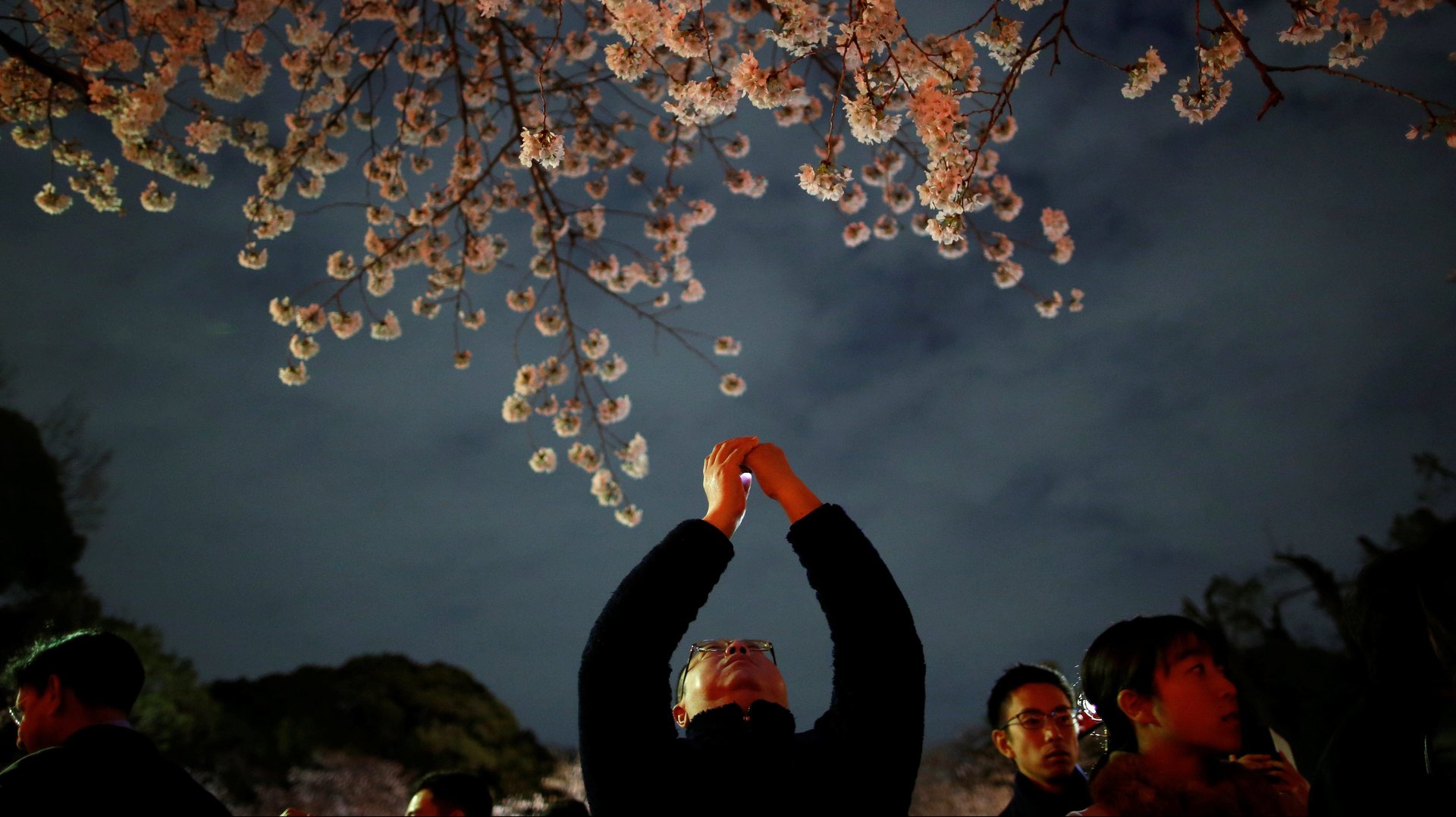The Japan tourism explosion stalled in 2019 because of a spat with South Korea
The last decade was a period of remarkable growth for tourism to Japan. The number of people visiting the country increased from just 6.2 million people in 2011 to 31.2 million in 2018, a faster rate of growth over that period than any other major tourism destination. The relaxation of visa requirements, particularly for Chinese citizens, and a fall in the value of the yen combined to make Japan a much more appealing destination.


The last decade was a period of remarkable growth for tourism to Japan. The number of people visiting the country increased from just 6.2 million people in 2011 to 31.2 million in 2018, a faster rate of growth over that period than any other major tourism destination. The relaxation of visa requirements, particularly for Chinese citizens, and a fall in the value of the yen combined to make Japan a much more appealing destination.
Yet after years of dramatic growth, Japan’s tourism numbers plateaued from 2018 to 2019. The stagnation was almost entirely due to a decline in South Korean visitors. Tourists from other major sources of visitors like China, Taiwan, and the US continued to climb. The drop in South Korean tourists stems from a trade war between Japan and South Korea that makes the US-China trade war look like a minor skirmish.
The trade war began in July 2019, when the Japanese government restricted the export of chemical materials to South Korea that are key to the South Korean consumer electronics industry. Japan’s move was seen as retaliation for a ruling by a Korean court order demanding Nippon Steel, Japan’s largest steelmaker, compensate the families of some Koreans who were forced into labor for the company by the Japanese during World War II. South Korea was occupied by Japan from 1910 to 1945, and many Koreans were forced to work in factories or into prostitution. Jane Li points out for Quartz that many South Koreans still feel that Japan hasn’t properly atoned for their past behavior. The Japanese government’s stance is that reparations for Japan’s wartime behavior were settled in 1965, when the two countries normalized relations.
The tensions between the countries continued throughout the second half of 2019. Japan followed up the chemical exports restriction by taking South Korea off its “white list” of trusted trade partners, and South Korea retaliated by removing Japan from its list of countries that receive fast-track approval for trade—both moves stifled commerce between the two countries and impacted global supply chains for electronics. The value of trade between the two countries fell from $21.2 billion in the fourth quarter of 2018 to $18.5 billion in 2019, according to data from the International Trade Centre—mostly a result of falling exports from Japan to South Korea.
In late July, South Koreans began boycotting Japanese products and cancelling visits to Japan. That has had a massive impact on Japanese tourism. More than 2.9 million people visited Japan from South Korea from August to December of 2018. Less than 1.2 million made the trip over the same period in 2019. Japanese tourism to South Korea also fell, but to a lesser extent. Visits from Japan to South Korea were only down 14%.
The damage to Japan’s tourism has been most acutely felt on Tsushima Island, a tourism destination located just 30 miles (50 kilometers) by sea from the city of Busan, South Korea’s second largest metropolis. About 90% of tourists who visited Tsushima in 2018 were South Korean, according to a report from the South China Morning Post, most of whom come by ferry.
Japan releases data on visitors into different ports of entry and Quartz’s analysis found that overall ferry traffic fell by 88% from November 2018 to November 2019. Total ferry trips from Busan to the town of Hitakatsu, Tsushima’s busiest port, plummeted from almost 30,000 trips in November 2018 to less than 5,000 in November 2019. Trips from Busan to Izuhara, a port on the southern side of the island, were no longer in service in November 2019—8,000 people made the trip in November 2018.
Ferries also run between Busan and the port of Hakata, which is located next to Fukuoka, a city of 1.6 million people. The number of trips made fell by over 70% from November 2018 to November 2019.
Japan’s tourism industry is unlikely to bounce back this year even as Tokyo looks forward to a boost from hosting the Olympics—because of a new threat that dwarfs the continuing trade dispute with South Korea. The coronavirus that recently emerged from China, and that has spread to close to 30 countries, could well defeat Japan’s goal of hosting 40 million visitors in 2020. China, the biggest source of tourists to Japan, barred group outward travel in January and flights between Japan and China are sharply down. Japan’s tourism industry will continue to suffer.